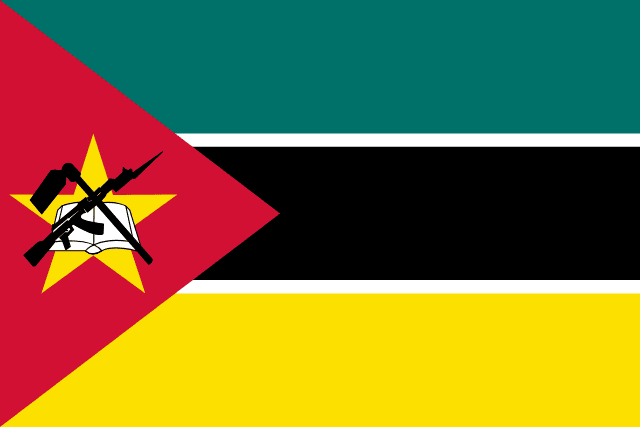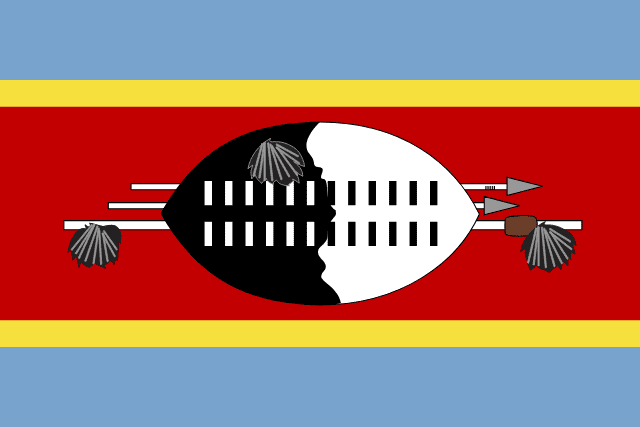Country Information
| Sovereign State | Yes |
| Country Codes | SZ, SWZ, 748 |
| Official Name | Kingdom of Eswatini |
| Continent | Africa |
| Capital | Mbabane (executive), Lobamba (legislative) |
| Government Type | Absolute monarchy |
| Currency | Swazi Lilangeni (SZL) |
| Calling Code | +268 |
| Member Of | United Nations, African Union, Commonwealth of Nations, SADC |
| Population | Approx. 1.2 million (as of 2023) |
| Total Area | 17,364 square kilometers |
| Highest Point | Emlembe (1,862 meters or 6,109 feet) |
| Lowest Point | Great Usutu River (21 meters or 69 feet) |
| GDP Per Capita | Approx. $4,200 (as of 2023) |
| Life Expectancy | Approx. 60 years (as of 2023) |
| Internet TLD | .sz |
Eswatini National Anthem
Nkulunkulu Mnikati wetibusiso temaSwati (O Lord our God of the Swazi)
O Lord our God, bestower of the blessings of the Swazi;
We give Thee thanks for all our good fortune;
We offer our supplication and we beseech Thee,
That these blessings be extended and continue with us forever and ever.
Flags of Neighboring Countries


History of the Eswatini Flag
The national flag of Eswatini was officially adopted on October 6, 1968, following the country’s independence from British rule. The flag’s design is rich in symbolism, closely tied to the nation’s cultural and royal heritage.
The flag features horizontal stripes of blue, yellow, and red with the black and white Nguni shield and two spears at the center. The blue stripe represents peace and stability, while the yellow symbolizes the natural wealth of the country and its mineral resources. The red stripe signifies the struggles of the nation during its past.
The central emblem, the Nguni shield, is a traditional warrior’s shield, symbolizing protection from the country’s enemies. The black and white colors of the shield represent racial harmony within the nation. The spears and the staff decorated with the feather of the widowbird signify the monarchy’s power and the warrior tradition of the Swazi people.
The flag of Eswatini is unique in its representation of traditional emblems, emphasizing the importance of the nation’s heritage and the monarchy. It stands as a symbol of the nation’s pride, history, and cultural identity. The flag is prominently displayed during national celebrations, in governmental buildings, and in international events, representing Eswatini’s sovereignty and the unity of its people. The flag’s design reflects the country’s commitment to peace, unity, and tradition, embodying the spirit and resilience of the Swazi nation.

